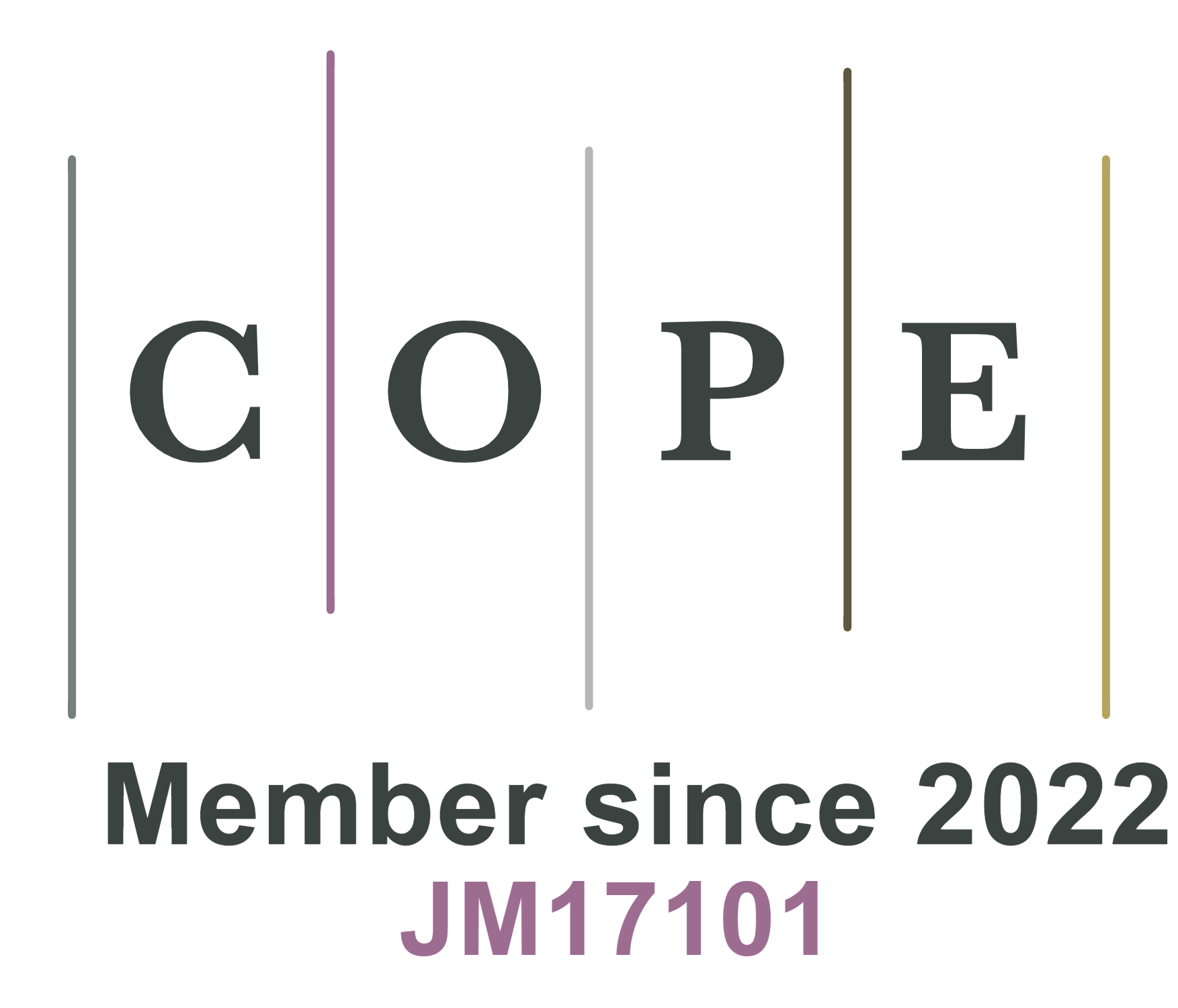Plasma-engineered sandwich-structured N-doped carbon@TiNb2O7 with vertical graphene skeletons for ultrahigh-rate and long-cycling lithium storage
Abstract
The rapid expansion and booming development of the lithium-ion battery market have raised escalating concerns over safety issues. Titanium niobium oxide (TiNb2O7, TNO) is a highly promising safe anode material due to its intercalation reaction mechanism and high operating potential. However, its intrinsic low electronic conductivity severely hinders practical implementation. To address this, we developed a plasma-assisted interfacial engineering strategy to fabricate self-supported sandwich-structured N-doped carbon @TNO (N-C@TNO) composites. This unique “conductive skeleton || active core || protective shell” architecture comprises: (1) vertical graphene (VG) arrays acting as three-dimensional (3D) charge highways, (2) TNO nanoparticles (30-60 nm) serving as redox-active centers, and (3) uniform N-doped carbon shells (~3 nm). The synergistic coupling between the VG skeleton and the N-C coating establishes an all-around conductive network. The optimized N-C@TNO anode delivers exceptional rate capability (300.1 mAh·g-1 at 0.2 C and mAh·g-1 at 40 C) and ultralong cycling stability (95.38% capacity retention after 5,000 cycles at 20 C), outperforming most reported TNO-based anodes. This work presents a novel concept for designing high-power storage electrodes, particularly multistage composite structures.
Keywords
Lithium-ion battery, TiNb2O7, vertical graphene, N-doped carbon, plasma
Cite This Article
Li J, Tang C, Li C, Zhang T, Liang X, Sheng Y, Xia X, Zhang Y, Liu J. Plasma-engineered sandwich-structured N-doped carbon@TiNb2O7 with vertical graphene skeletons for ultrahigh-rate and long-cycling lithium storage. Energy Mater 2025;5:[Accept]. http://dx.doi.org/10.20517/energymater.2025.122













